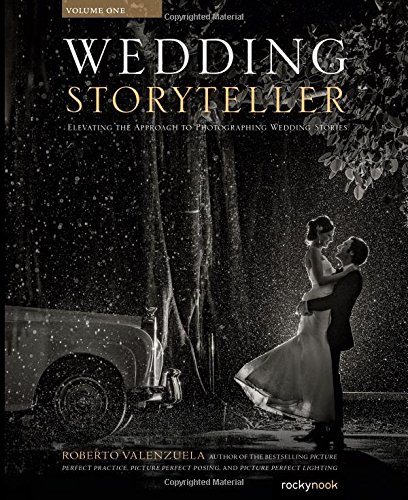One of the things we have put considerable thought into — and a topic in which there is considerable advice available that can be found both online and offline — is pricing your wedding photography business collection packages.
Indeed, this is one of the most common questions that we see in various online forums we frequent…the topic of pricing, in general, really permeates a lot of forums and has triggered a lot of discussion online.
Note, before proceeding, this article assumes you are using a wedding package pricing model for your wedding photography business, and are looking to:
- Learn how to set up your package pricing from the start of your business
OR
- Are looking to improve your current wedding photography business collection package offerings.
background on wedding photography pricing models
According to this article, there are three primary photography pricing models strategies:
1). Package Model
2). A La Cart Only Model
3). The Guided Choices Model (Hybrid)
The purpose of this article is to aggregate some of the best practices and lessons learned found online. In addition, we will be interjecting our own experiences when it comes to pricing, and give some thoughts for what works, what doesn’t work, and what we think are important elements of a good, modern day, pricing strategy. Some preliminary thoughts to take note of:
We have to delve deep into the strategy behind pricing to extract useful information that can be practically applied.
The truth is – there is a lot of different advice out there about pricing your wedding packages.
And, as with anything in life, there are certainly different ways to address any issue.
a brief background on our pricing strategy
Our wedding collection packages have evolved over time – with expense gradually increasing with time, and changes to what is being offered, as we have tested different things along with what we feel is a justifiable increase due to the quick growth of our portfolio and demand for our services.
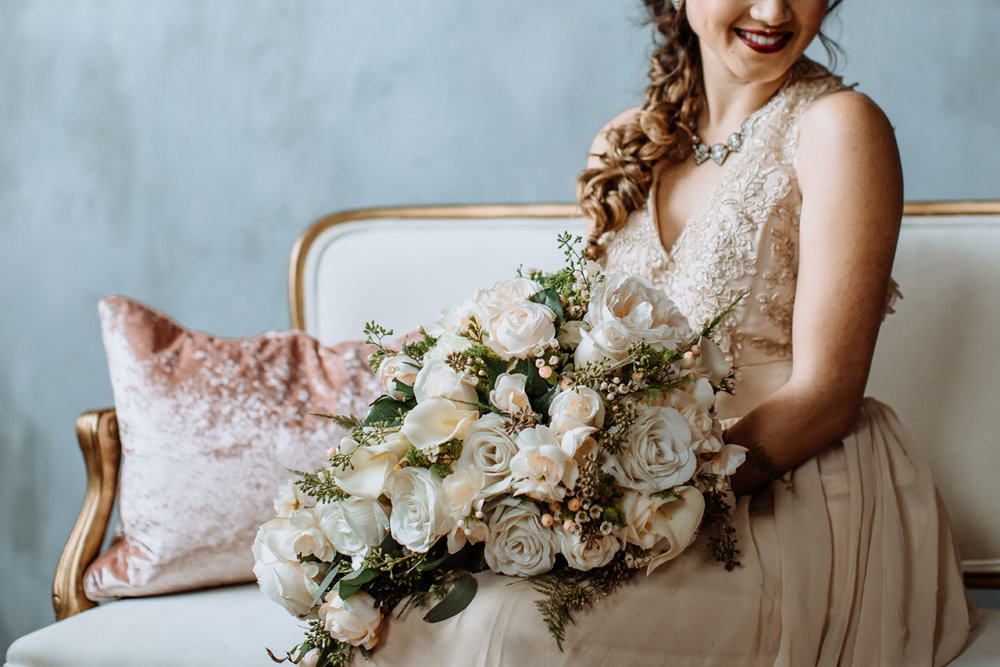
At the start of our business, our pricing was (as expected) low and generally uninformed. Without much experience in the wedding industry, it can be difficult to gauge how much to charge for your service because you may not even realize the amount of work you will be doing. Over time, as we began comfortably booking many weddings and had an influx of inquiries while our average prices were around the $1,500 – $2,000 mark – we decided to elaborately review our offerings.
In particular, we wanted to better determine how much time we were actually spending on each client – which became a significant point as an 8 hour wedding package would actually involve upwards of 40+ hours of work once we review the amount of time spent on consultations, meetings, driving, engagement session, wedding day photography, and in some instances, “Day After” session. Not to mention…probably the biggest time investment…the post processing of images after the fact with culling in Photo Mechanic and editing in Lightroom/Photoshop.
As you can see, there is a lot to consider with your own pricing strategy.
The pricing we have settled on now has proven to work well for us, for now.
8 tips for creating your own wedding photography packages
#1). Actually Make Some Packages
This might seem obvious, considering the topic of this article, but it is surprising how many photographers either don’t group their offerings into nicely organized packages OR don’t make packages altogether. You fundamentally need to start somewhere, and putting down some baseline package ideas (even just on paper) will help you to better refine as you go.
Keep in mind, this process requires some trial-and-error. You may not get it right the first time, and that is okay!! As some of our other wedding photography tips suggest, especially when starting off, the money you make is not nearly as important as the clients you make happy and the ability to expand your photography portfolio.
#2). Display Only 3 Packages
Research has been done showing that people generally become more reluctant to make a decision if given too many options. When confronted with generally more than 3-5 options, people shy away from making a decision.
In a 2010 NY Times article written by Alina Tugend, she highlights a famous research study that was conducted in 1995.
“In a California gourmet market, Professor Iyengar and her research assistants set up a booth of sample of Wilkin & Sons jams. Every few hours, they switched from offering a selection of 24 jams to a group of six jams. On average, customers tasted two jams, regardless of the size of the assortment, and each one received a coupon good for $1 off on Wilkin & Sons jam.
Here’s the interesting part. Sixty percent of customers were drawn to the large assortment, while only 40 percent stopped by the small one. But 30 percent of the people who had sampled from the small assortment decided to buy jam, while only 3 percent of those confronted with the two dozen jams purchased a jar.
That study ‘raised the hypothesis that the presence of choice might be appealing as a theory,’ Professor Iyengar said last year, “but in reality, people might find more and more choice to actually be debilitating.’”
Based on our experience, most client’s will want to go with your mid-level package. Your 3 package structure will essentially operate on a bell curve – with some clients wanting less coverage at a lower cost, a few clients wanting your “best” package, and most wanting your middle offering. If you find your clients are only flocking to your lowest package, you may want to reevaluate your package(s).
#3). Transparency in pricing
We are of the opinion that transparency in pricing makes for a better customer experience. It is as simple as that.
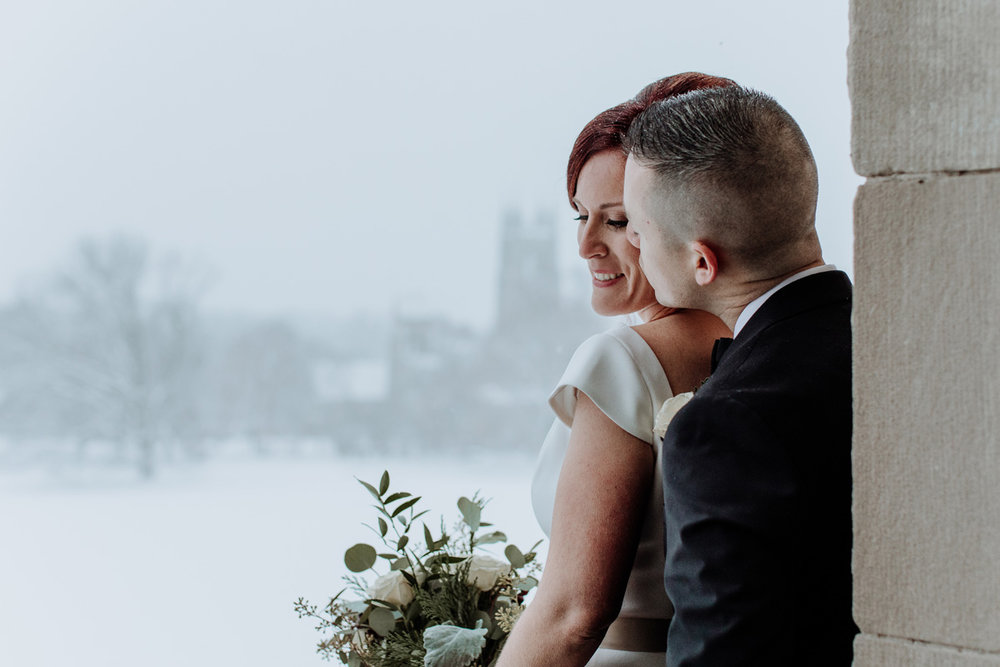
We know many photographers who take the approach of either giving a starting cost and requiring to be contacted for more pricing info, or even don’t display anything to do with price upfront. While we respect the different pricing approaches out there, we aim to always keep our pricing upfront. This is especially important as we do expect our prospective clients to make a legitimate investment in our photography service.
Given that our pricing is neatly laid out on our wedding pricing page, we expect we do lose some inquiries from price shoppers and those who see the prices and realize we are significantly out of their budget. While maybe unfortunate for some, we consider this a positive as it reduces time wasted on our end responding to dead end inquiries; and reduces the amount of time wasted by the prospective client, too.
In fact, this is an approach mentioned by a number of photographers around the web. Take, for example, Lee Morris from Fstoppers.com.
In the ‘Publicizing vs. Hiding Your Prices’ segment of his YouTube video entitled How Much Should You Charge To Shoot a Wedding, he mentions how he and his partner Patrick Hall deliberately disclose their prices because they don’t want to spend the time talking to every single person who visits their website and makes an inquiry, over the phone. By publicizing his prices, he says, he is inherently weeding out everyone who can’t afford him or may even be on the fence about hiring him.
For the number of projects he appears to be juggling simultaneously, this approach makes sense as it reduces the demand on his time.
Of course, we should add, our pricing is designed to be customizable in some ways, too.
If someone approaches us with a desire for a $1,000 wedding photography service – that is not likely going to happen really under any circumstance. However, while not going below our established pricing is a general rule for us, an interesting perspective we stumbled across while researching this popped up in world-renowned photographer, Jason Lanier’s, YouTube video – Building Your Photography Empire Part 3- Pricing, Social Media, and Connecting with Younger Photographers – where he details an actual interaction he had with an individual that we would most certainly consider.
As a photographer who commands $15,000 or more per shoot (in the same video, he mentions booking a shoot for $18,000 on a Saturday), Jason Lanier certainly doesn’t need to lower his prices, for any client, by any means.
When approached by this young woman to shoot her wedding, and deeply exploring what she WOULD be able to pay for his photography services, Jason eventually agreed to shoot her wedding for a grand total of $3,500.
Why is this?
Why would such an in demand photographer lower his rates so drastically?
With the ‘business-first’ approach Jason embraces and advocates, he told this young bride-to-be that, if she had ever decided to have her wedding on a Wednesday, in January – a common season where even the most high-demand photographers tend to see a slump in client bookings – he would most certainly shoot her wedding.
Despite his being a Sony Artisan of Imagery and Rotolight Master of Light, this ‘business-first’ approach meant approaching his photography services with a subtle humility that allowed him to negotiate at least some business during likely his least busiest time of year.
With contract in hand, she later approached him asking him to make good on his promise.
The end result?
He ended up doing a $3,500 shoot where he otherwise wouldn’t have had any business during that cold Wednesday, in January.
Other than a circumstance like this, if someone needs less time or doesn’t want an engagement session, we can make changes to our packages. Our pricing structure provides, well, structure in that we have some set packages – but being customer focused, we also are happy to make changes where necessary.
As a result, our pricing strategy provides a starting point for talking about our prices, and we can customize based on the specific details of customer’s needs. Just remember: there is no one size fits all when it comes to pricing strategies and the level of transparency you opt to give to your process, and you need to find what works best for your business, market, and clientele.
#4). Keep your pricing sensible
Before making your own wedding packages, it is important to do some research into what people are charging in your market. In some areas, a $3,000 service may be high end and luxury – while in other areas, particularly big metro areas like NYC, a luxury wedding service might not starting until you hit the $5,000 – $10,000 range. You need to know your market, or your pricing strategy will likely fail from the get go. A good place to start is on Cost of a Wedding, where you can input your zip code and find out how much people are paying for their wedding day.
With this said, you also need to consider what other photographers are including in their packages, too. We have seen many photographers in a similar price range to us currently who offer a large number of free add-ons like albums, prints, etc. All of these things assume some cost – maybe even sometimes significant costs. So the reality is for those photographers that a $3k wedding package ends up only netting them in actual earned income maybe 25% of the package price.
That number may surprise you, and it frustrates us on many levels because operating a small business includes many taxes and fees. After sales and income tax, you have basically given around 40% of your earnings to the government. From there, if you plan to take money from your business and pay yourself a personal income, you get taxed again – bringing the total amount of money taxed closer to 50%.
Need some tips about taxes? We have you covered with 10 Common Tax Mistakes Made by Wedding Photographers
Of course, this can be outweighed over the course of the year depending on the amount of expenditures you have buying camera gear or racking up mileage on your car, but generally expect to not actually make the full value of your wedding package. Note: your specific situation will vary, and consulting an accountant is the place to start if you are unsure about how much money you should be putting aside.
#5). Charge what you are worth
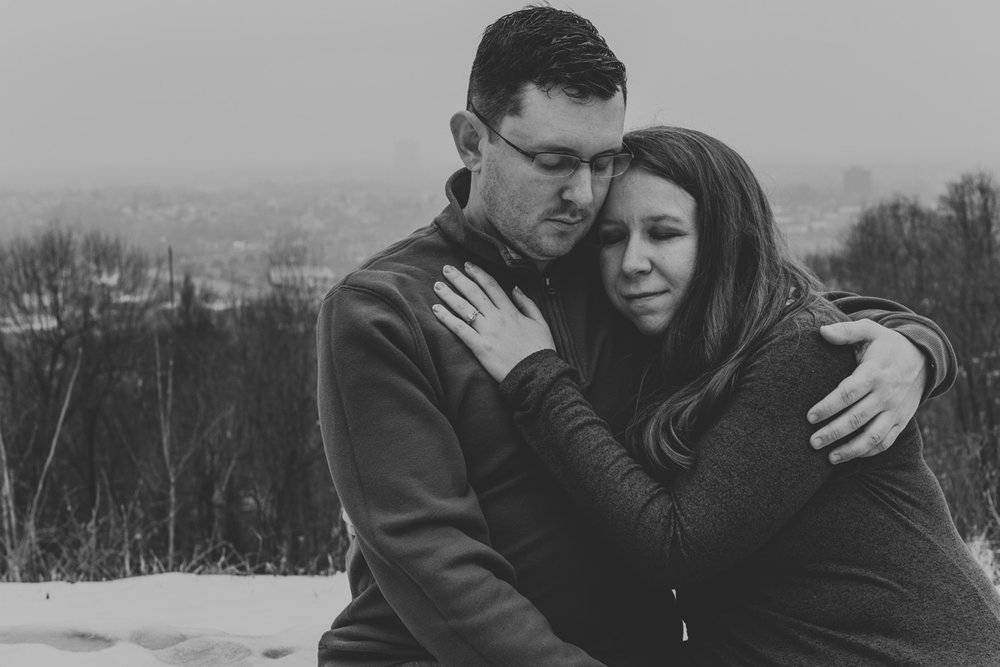
Market research will only get you so far if you aren’t happy with what you are charging or what you are earning. At the end of the day, every wedding photographers situation (both business and personal) is different. While we share some things in common such as start up costs (like investing in more pro level camera bodies and lenses), your access to start up capital and desire for personal salaries will vary.
With Hand and Arrow, we constantly are working to balance this for ourselves. We understand what others charge in our area, but our service is unique in certain respects compared to many other photographers. We are two trained photographers, not just a single pro photographer with a (sometimes randomly selected) second shooter. As such, comparing what we offer to another photographer is not an equal match.
Speaking more from the perspective of getting money to invest in our business and setting goals for the future, we both maintain full time jobs in the corporate world. As such, our pricing is designed around one day being able to cut free from these jobs. But, for the time being, we have been able to leverage our bi-weekly paychecks to help invest in our company, too. Maybe you are in a similar boat. You’re pricing strategy may differ – especially if you are depending solely on photography to pay your bills from the get go.
A last thing to note…you should set goals to reach “what you are worth” down the road. We sat down and heavily crunched the numbers on our business, and the reality is we should be charging even more than we are now to meet our personal goals and business goals. Given that our portfolio is growing heavily (with over 20 weddings booked for 2018 and starting to book into 2019), we are expecting to be able to up our prices in the next year or so comfortably.
#6). Consider how prints and physical goods factor into your pricing strategy
It is common for wedding photographers to have seemingly inexpensive wedding packages, but upsell prints and albums like crazy – and often for significant amounts of money.
We have been amazed to see photographers selling albums for $1,000+.
How you decide to price these things will (obviously) be up to you, and will be influenced to some extent by your market and the third party manufacturing cost involved. Our intent has been to keep these add-on costs relatively low (with albums starting as low as $200). Other things like prints can be ordered directly from client galleries (hosted on Pixieset), and require no additional effort on our end – and for these things costs to clients are just a bit more than you would expect to pay at a big box store. And for good reason! We have sample prints and know the quality, whereas prints from CVS or Wal-Mart are commonly known to not be nearly as good.
So, for us, we aim to make the majority of our earnings through the wedding photography package cost. If you want to make print and album sales a larger part of your business model, it is absolutely possible to do, but based on what we know about in person sales – you will need to be able to afford time to meet with your clients to discuss options and sell them on these products.
#7). Expect things to take time
One of the most common pieces of advice we’ve heard from other photographers and wedding industry professionals in general is that it usually takes about 3 years to really get up and running comfortably. In the first year, expect to have low prices and do a lot of work. In the second year, you begin to raise prices and take on more work that you really want. By year 3, if everything is going well, you can expect to raise your prices even further and start taking on less work, and making more than you were previously. The best part about this is…you get to spend more time providing a better quality service to clients, instead of feeling stretched thin to make ends meet.
It is a balancing act, and often a huge challenge – both mentally and physically. It is worth it, but you need to be prepared and committed for the long term.
#8). Allow for client feedback
The last point we are going to make regarding wedding package pricing is critically important – take feedback on your pricing (and service in general) seriously and to heart. If you begin to receive inquiries, only to find out that you are just out of budget for multiple couples, consider if a price drop is what you need right now – or if there is another way to help remedy this loss of business opportunities. Of course, once you book a client, take into consideration any feedback they might have, too – both the good and bad. For us, a really positive review does wonders for our spirits, and tells other people that these photographers are worth the money. At the end of all things, regardless of how much you are making, treat your clients well – and mature as a business over time.
Know how to quickly book clients who want to booked
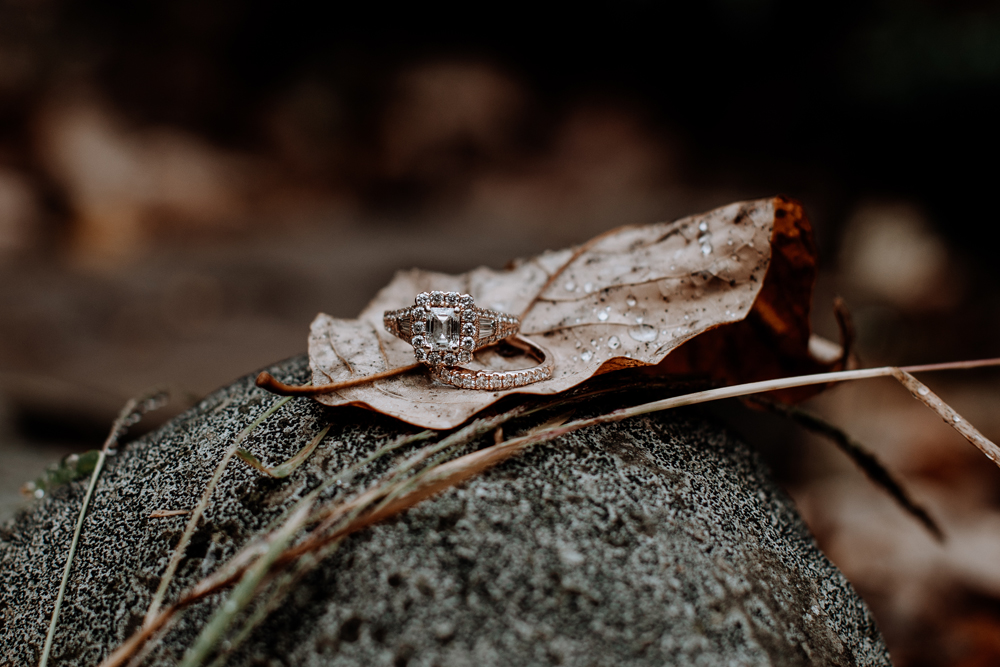
We’re throwing this tip out there real quick just because of how important it is to your pricing and booking process – though not specifically about your pricing.
You can have the best prices in the world – or at least, prices that work with your prospective client’s budget – but lack the ability to lock in the sale. In our opinion, the way to do this properly is – once you get the “yes, I want to book with you!!” go ahead from your client, begin the booking process immediately.
These days, some photographers make the mistakes of relying solely on meeting in person and exchanging a check and physical contract. While this can be fine if you are already meeting with the client, or they have decided to book with you on the spot during a pre-booking consultation, many inquiries, client meetings, and conversations you will have will be from afar via email and phone calls. We have learned it is impossible to meet with everyone, especially so when inquiries are for clients and venues hours away.
We have simplified this process once we get the go ahead to start the booking process by setting all of our wedding photography contracts and invoices up through Honeybook. This is an excellent tool that has streamlined our booking process, and we have received positive feedback from clients that it makes it easier to book with us than some other photographers in our area. By using our referral link, you can get 50% off your first year today!!
Pricing your wedding photography business packages is as much an art as it is a science. There isn’t inherently a “right” or “wrong” way to do it, but you are in the best position to price your service when you know how much your service is actually worth to others, and how much people in your area might be willing to pay for it.
We hope the information provided here on some of the Best Practices for pricing your wedding packages comes in handy and provides an excellent starting point for you.
If you have any feedback or questions, feel free to comment below and we’ll get back to you!!
